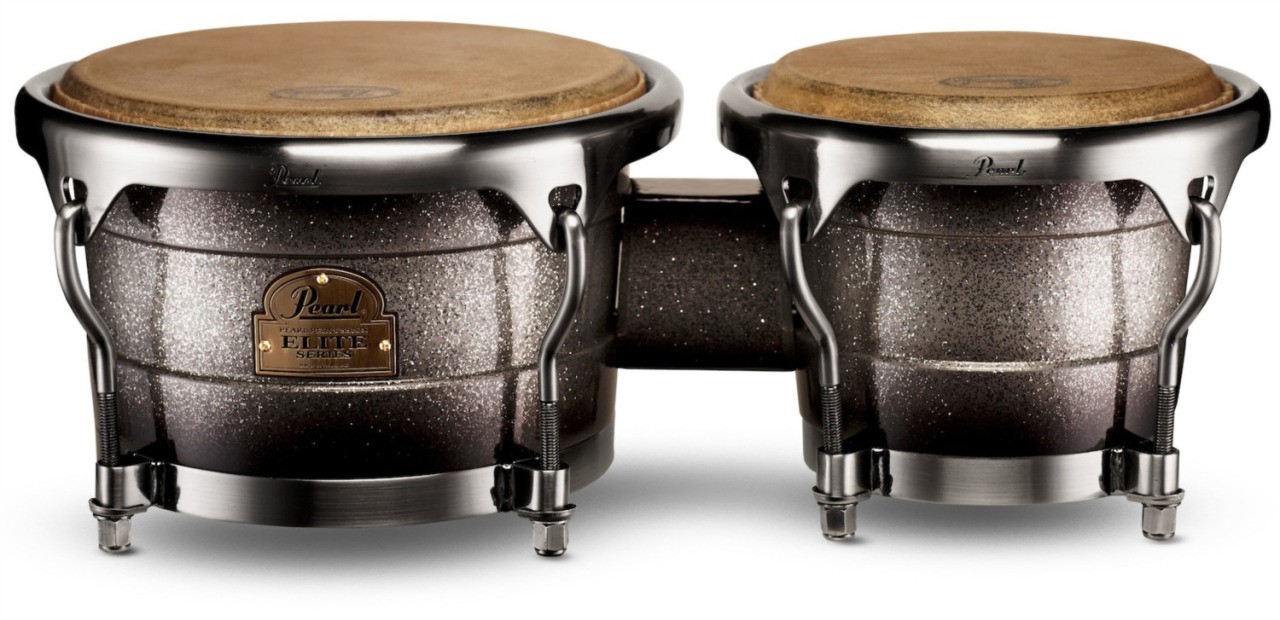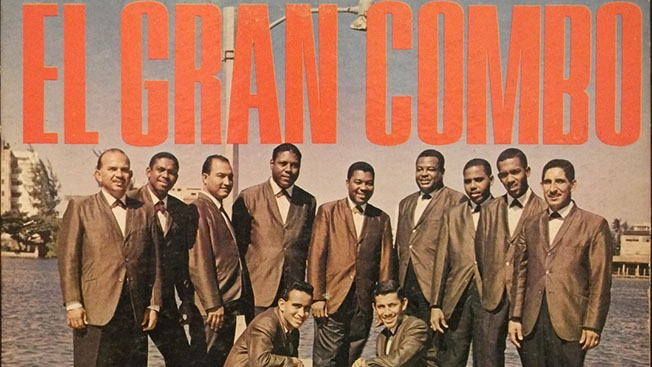Het is ‘Wist je dat?’ –woensdag!
(Geschreven door: Roberto Gutierrez)
We willen graag met jullie allerlei info en weetjes delen over salsa/latin cultuur: de muziek, de dans, de artiesten en heel belangrijk de geschiedenis. Voor sommigen zullen bepaalde feitjes al bekend zijn en voor anderen totaal niet. Het gaat erom dat iedereen iets meekrijgt van deze mooie cultuur.
Vandaag hebben we het over het instrument Bongo.
Wist je dat:
- Bongo’s kleine hand drums zijn. Tegenwoordig zijn Bongo’s een van de populairste Cubaanse handdrums
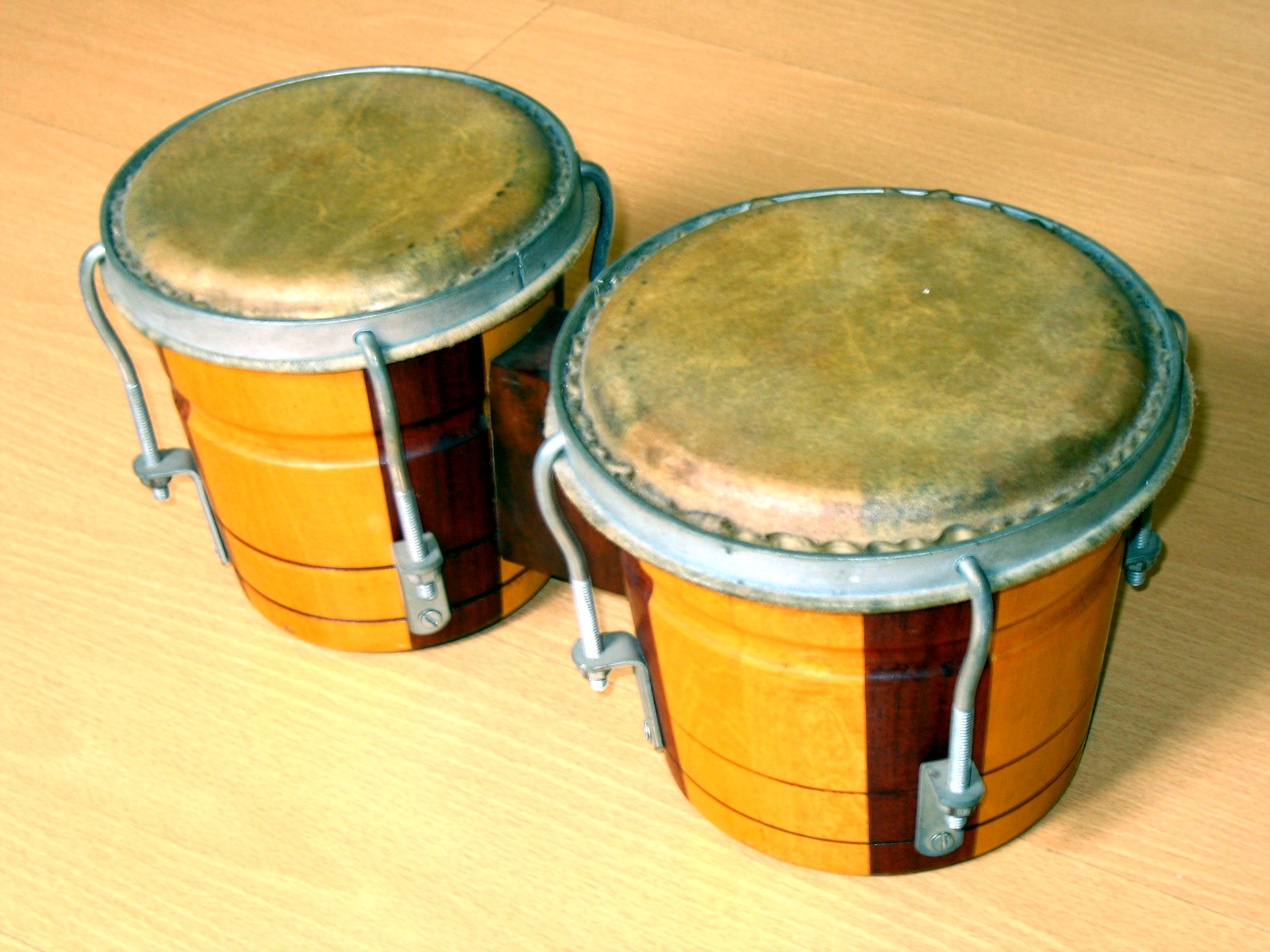
- Net als de andere Afro Cubaanse percussie instrumenten wordt gezegd dat de Bongo Centraal Afrikaanse / Congolese invloeden heeft
- Het eerste (opgenomen) gebruik van de Bongo was tegen het einde van de 19e eeuw in de oostelijk Cubaanse Provincie ‘Oriente’, waar de Cubaanse muziek soort Changuï vandaan komt.
- De Bongo’s werden voor het eerst gebruikt in Cubaanse Son en Changuï muziek. Samen met de ontwikkeling van deze muziekgenres ontwikkelde het instrument zich ook steeds verder.
- De laatste jaren is de populariteit van de Bongo vergroot door Bachata muziek.
- Begin 20e verspreidde de Son muziek zich meer naar het westen van Cuba en in die tijd werden ook de bongo drums in Havana meer en meer gezien.
- Net als de Conga zijn de Bongo’s van onderen open en van binnen hol. Ook zijn ze van hout gemaakt en is het vel van dieren huid gemaakt (tegenwoordig ook synthetisch). Maar vergeleken met Conga’s klinken Bongo’s veel hoger.
- De Bongo drums zijn niet gelijk van formaat. De grote drum (ongeveer 18cm doorsnede) wordt net als bij de Timbales ‘Hembra’ (vrouwelijk) genoemd en is laag van geluid. De kleine drum (ongeveer 13 cm doorsnede) wordt ‘Macho’ (mannelijk) genoemd en is iets feller hoger van geluid.
- Er wordt gezegd dat de drums van oorsprong los van elkaar waren en dat in de ontwikkeling van het instrument, in Cuba werd bedacht om de drums aan elkaar vast te maken zodat er gemakkelijker op een ‘ritmische manier’ geconverseerd kon worden.
- De bongo drum die oorspronkelijk in Changuï muziek werd gebruikt ,heet ‘Bongo de Monte’ (bongo uit de bergen) en is groter dan de moderne variant. Ook het geluid is veel lager.
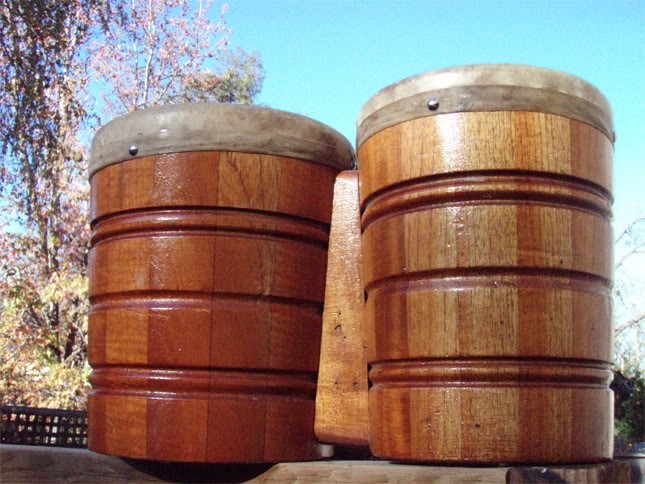
- Bongo spelers worden ‘Bongoseros’ genoemd en spelen in een salsa band heel vaak ook de Campana (koe-bel)
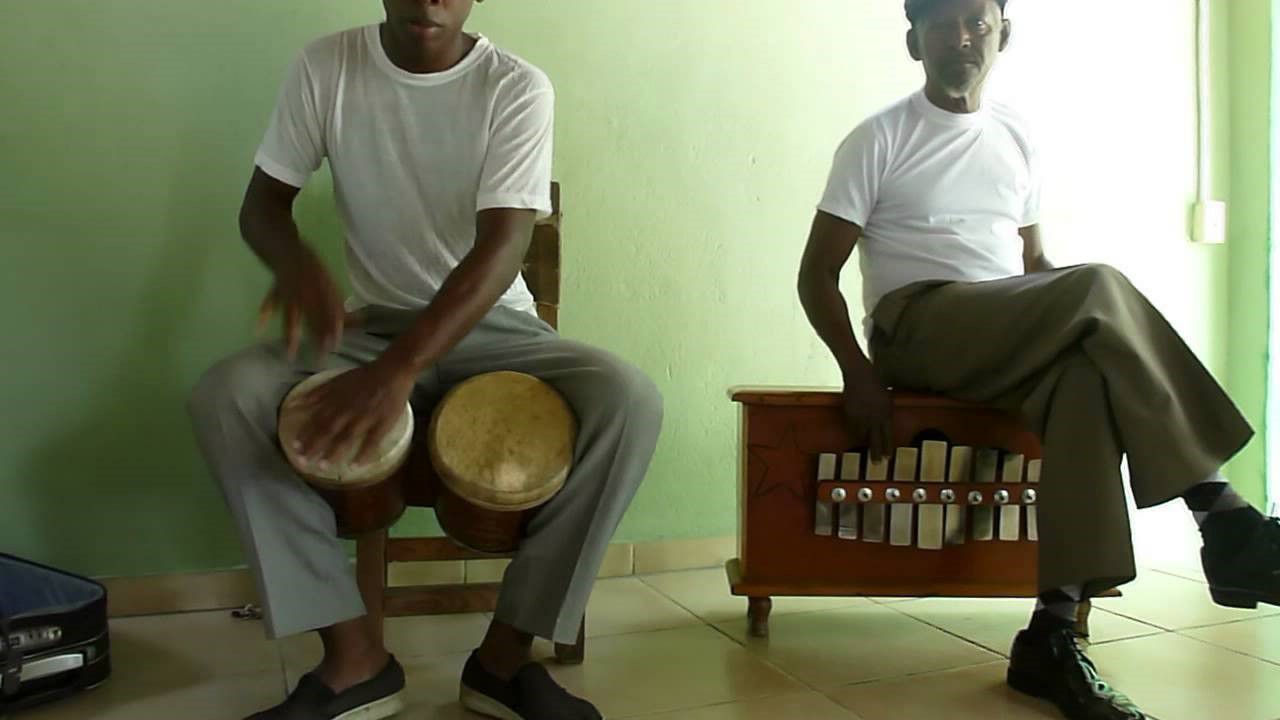
- Het basis ritme van de bongo wordt ‘Martillo’ genoemd (wat hamer betekent). Check deze video om meer te leren over de Martillo.
We hopen dat je deze weetjes interessant vond. Wil je meer weten over Bongo’s? Voel je vrij om lekker op onderzoek uit te gaan op internet. Je kunt veel over dit instrument terug vinden!
It’s ‘Did you know?‘ – Wednesday!
(Written by: Roberto Gutierrez)
We would like to share with you lots of information about our salsa/latin culture, about the music, about the beautiful dance, the amazing artists and the rich history and traditions. For some of you the facts that we share might already be known, for others it might be new information.
The topic of this weeks blog is the instrument the Bongo drum.
Did you know:
- Bongo drums are small handdrums. Today the Bongo is considerd the most popular Cuban hand drum.

- Just like most of the Afro Cuban perscussion instruments the Bongo is said to have Central African (Congolese) origins.
- The first recording of the Bongo drum was in the end of 19th century in the Province called ‘Oriente’ . It is located in the eastern area of Cuba and that is where the Cuban Changuï music was invented
- The drums were first used in music genres Changuï and Son. As these music genres developed, so did the Bongo. The Bongo’s are very popularized recognized in Bachata music.
- As the Son and Changuï music migrated to the western part of Cuba in the beginning of the 20th century, that’s when the Bongo’s first came to Havana city
- Just like conga drums, the Bongo is open bottomed.
- Compared to Congas, the Bongo drums have a high pitched sound.
- The skin was traditionally made of Cowhide or Mulehide. But nowadays they are synthetic.
- The drums are not equally sized. Just like timbales the larger drum is called ‘Hembra’(female and is about 18 cm across. The smaller one is called ‘Macho’(male) and is around 13 cm across.
- It is said that originally the drums were played separate, but in Cuba the attachment of the drums was invented. This makes ‘a rhytmical conversation’ possible.
- The Bongo drum used in Changuï music are called ‘Bongo de Monte’ (Bongo from the mountains) and are lower tuned and larger than the modern version of the Bongo.

- Bongo drum players are called ‘Bongoseros’ and very often also play the Campana (cow-bell) in salsa bands

- The basic rhythm played on the Bongo is called ‘Martillo’, which means hammer. Check out this video to lean more about the martillo rhythm.
We hope you liked these facts and if you want to know more about the Bongo, please feel free to search more information about this instrument on the internet.


